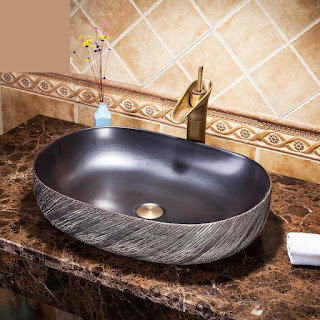Creating an Easy-Care Landscape That Won't Need a Ton of Maintenance
1. Know Your Site
Take time to really get to know the weather, light, and soil condition of your site. When plants are paired with their desired growing conditions, they'll need a lot less help from you to thrive. So, if you have quick-draining sandy soil that bakes in full sun, for example, plant drought- and heat tolerant variety . Damp shaded spaces will require a different palette of plant.
2. Make a Master Plan
Successful landscapes often start with a well thought-out plan. Even a simple sketch of your property will do the trick. Include any structures, existing trees and shrubs, and garden elements. Add outdoor living areas, pathway to access those areas , and other elements, such as a swing set or vegetable garden. Don't hesitate to include areas that you are not ready to install but would like to build in the future. The master plan will be essential in illustrating how your landscape will come together in time.
3.Choose Tree and Shrubs
Sometimes called the "bones" of a landscape, trees and shrubs have a big presence that increases over time. These long-lasting woody plants can provide decades of flowers, fragrance, and colorful foliage with minimal annual maintenance . When making your choices, look for varieties that have features that provide year-round interest, such as spring flowers, summer fruit, colorful fall foliage , and interesting bark for brightening up winter.
4. Relive on Native Plan
The beauty of landscaping with native plan is that these varieties are most likely accustomed to the weather and soil conditions in your area. Be sure to site the plant in its preferred sun exposure, and you're well on your way to a trouble-free garden that thrives year-after-year. Plus, these plants are best for supporting pollinator and other beneficial wildlife.
5. Focus Your Efforts
Focus on creating one or two key garden areas that offer impact, rather than placing multiple beds and borders in all corners of your property. A perennial-and-shrub border along your front walkway or near the front door of your home is always a good choice. The area immediately surrounding your porch, deck, or patio is also a great spot for landscaping .
6. Group Similar Plant Together
Cluster plants with similar needs together. group container simplify watering , plus it allows pots to shade one another, which reduces watering. In the garden, planting in groups of odd numbers and repeating those plants throughout your beds is most pleasing to the eye.
7. Install a Border
Encircle shrub borders, perennial beds, vegetable patches, and other garden spaces with a border. This might be as simple as a spaded edge that separates the lawn from your planting beds. Or use metal edging, stone, or brick to create a lasting border . A defined bed edge plays two important roles in the landscape. It provides a clean finish for your garden areas and it prevents grass and other weeds from creeping in
8. Blanket The Soil
Bare soil is an invitation for weeds to move in. A , lush groundcover such as easy-to-grow creeping thyme or low-growing sedum, adds color and texture below perennials and shrubs while helping to prevent weed seeds from germinating. A 2- to 3-inch-thick layer of shredded wood mulch , cocoa hulls or pine straw also helps reduce weed growth.
9. Plan to prune
If you make sure to trim back your plants at least once a year, you'll save yourself a bigger hassle down the road when an overgrown shrub or vine demands drastic action. Some plants require more pruning than others, so factor this into your selections as well. The best time to prune flowering trees and shrubs is just after they bloom. Prune shade trees and evergreen mid to late spring .
10. Add plenty of compost
Rich in nutrients that plants need to thrive, compost is an essential addition to almost any garden. It helps keep plants healthy, and healthy plants are easier to care for. Search for quality compost through your local municipality or garden center, or you could start your own compost bin .
.




Comments
Post a Comment